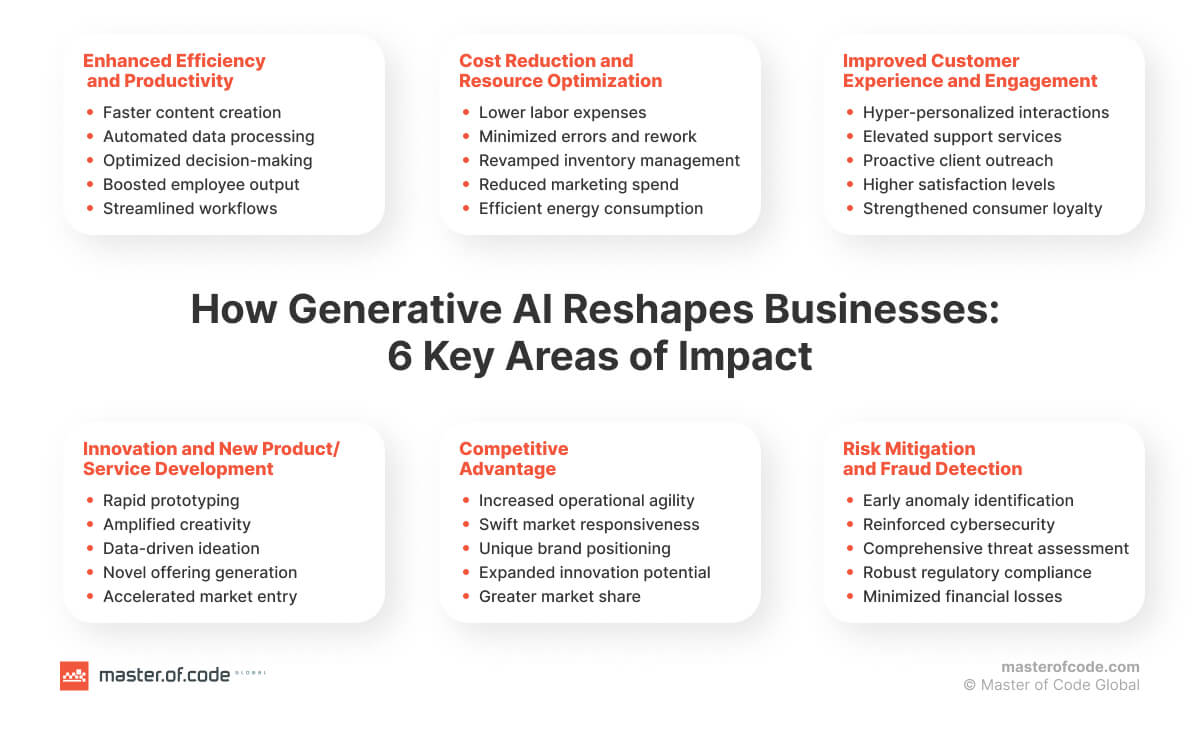
Generative AI is rapidly expanding across various sectors, but many organizations still find themselves uncertain about how to manage it ethically. A newly published peer-reviewed study provides a framework to comprehend the reasons behind this, shifting from mere hype to revealing the intricate interplay of technology, organizational structure, and environmental elements influencing actual implementation.
Researchers from Swansea University, Cardiff Metropolitan University, and the University of Liverpool examined how businesses adopt generative AI (GenAI) through the Technology-Organization-Environment (TOE) model. The mixed-methods research, featured in the *International Journal of Information Management*, integrates interviews and survey data from over 300 industry leaders globally. The findings highlight a key governance issue: technology evolves quicker than institutions can adjust.
Complexity Meets Capability
Within the TOE framework, technology pertains to an organization’s preparedness and infrastructure, organization refers to its internal frameworks and competencies, and environment encompasses the external influences of regulation, competition, and market dynamics. By analyzing GenAI adoption through these dimensions, the researchers discerned a recurring mismatch in expectations between management and technical departments.
As lead author Laurie Hughes states, “The intricacy and ambiguity surrounding generative AI extend beyond technical concerns. They are intricately linked to organizational learning and governance frameworks.” The study identified perceived complexity as the most significant barrier to adoption, outpacing even financial constraints or data accessibility issues. Organizations lacking defined accountability structures for AI decision-making exhibited the least confidence in their implementations.
To illustrate, the authors present a common boardroom scenario: executives keen on deploying AI technologies encounter teams alerting them to data privacy risks and compliance ambiguities. In the absence of interdepartmental cooperation, GenAI tends to remain isolated or superficial, utilized for testing rather than genuine strategic change.
Bridging The Policy Gap
The paper’s environmental examination emphasizes regulation and ethics, pinpointing discrepancies between global policy discussions and organizational actions. While new regulations such as the EU AI Act and U.S. executive orders stress transparency, many businesses interpret compliance narrowly, treating it as a checklist rather than a cultural transformation.
Co-author Yogesh Dwivedi noted, “We discovered that even in highly digital sectors, executives lack confidence in aligning GenAI governance with national and international benchmarks. This leads to a phenomenon we refer to as a policy-implementation gap.” The team cautions that this gap can exacerbate digital inequality, as well-resourced companies swiftly advance AI systems while smaller entities hesitate, worried about reputational or legal ramifications.
Notably, the study found that firms with robust internal training initiatives were more inclined to adopt ethical AI practices independently. Employee education serves as an informal governance mechanism when external regulations lack clarity.
The authors recommend a three-level roadmap for responsible GenAI adoption: enhance internal AI literacy, formalize oversight roles (including data stewards and ethics leaders), and incorporate environmental scanning into standard business assessments. They contend that these measures can assist organizations in closing the divide between innovation and accountability.
As the generative revolution gains momentum, this research provides a rare empirical basis for what has frequently been a theoretical discussion. By measuring how organizations perceive and manage complexity, it reinterprets governance not as a limitation but as a competitive edge.
[International Journal of Information Management: 10.1016/j.ijinfomgt.2025.102982](https://doi.org/10.1016/j.ijinfomgt.2025.102982)